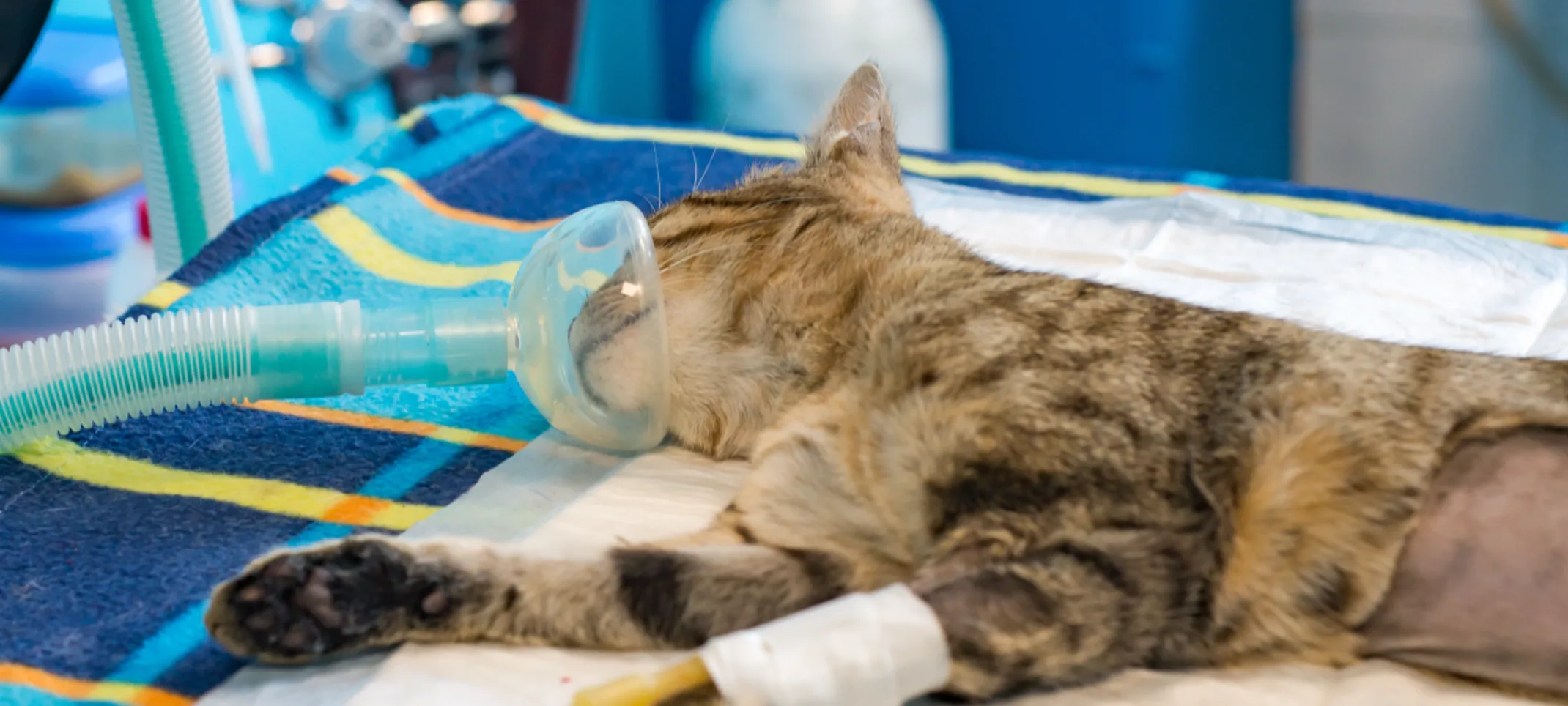ARISE Veterinary Center - Queen Creek
Anesthesiology

Offering consultation and case management.
Anesthesia is a combination of unconsciousness, analgesia (pain relief) and muscle relaxation. Sedation and general anesthesia allow us to perform procedures such as imaging (CT, MRI, radiographs) or surgery without undue fear, anxiety and stress for your pet. Before your pet is anesthetized, we will perform a physical exam to assess your pet’s health and learn more about their temperament. Bloodwork will sometimes be recommended so we can best assess your pet’s overall health status prior to anesthesia. Our anesthesiologist will then tailor an anesthetic protocol that is customized to your pet’s needs.
General anesthesia is achieved in several steps: pre-medication, induction, maintenance, and recovery. Injectable medications such as alpha-2 agonists, opioids, benzodiazepines, and dissociative anesthetics might be used to help your pet fall asleep. Inhalant or injectable anesthesia will be used to keep your pet unconscious while imaging or surgery happens. Adjunctive therapies such as locoregional anesthesia or anti-emetics may be used to help your pet feel more comfortable. During anesthesia, your pet will be vigilantly monitored using equipment similar to that used for human anesthetic care!
